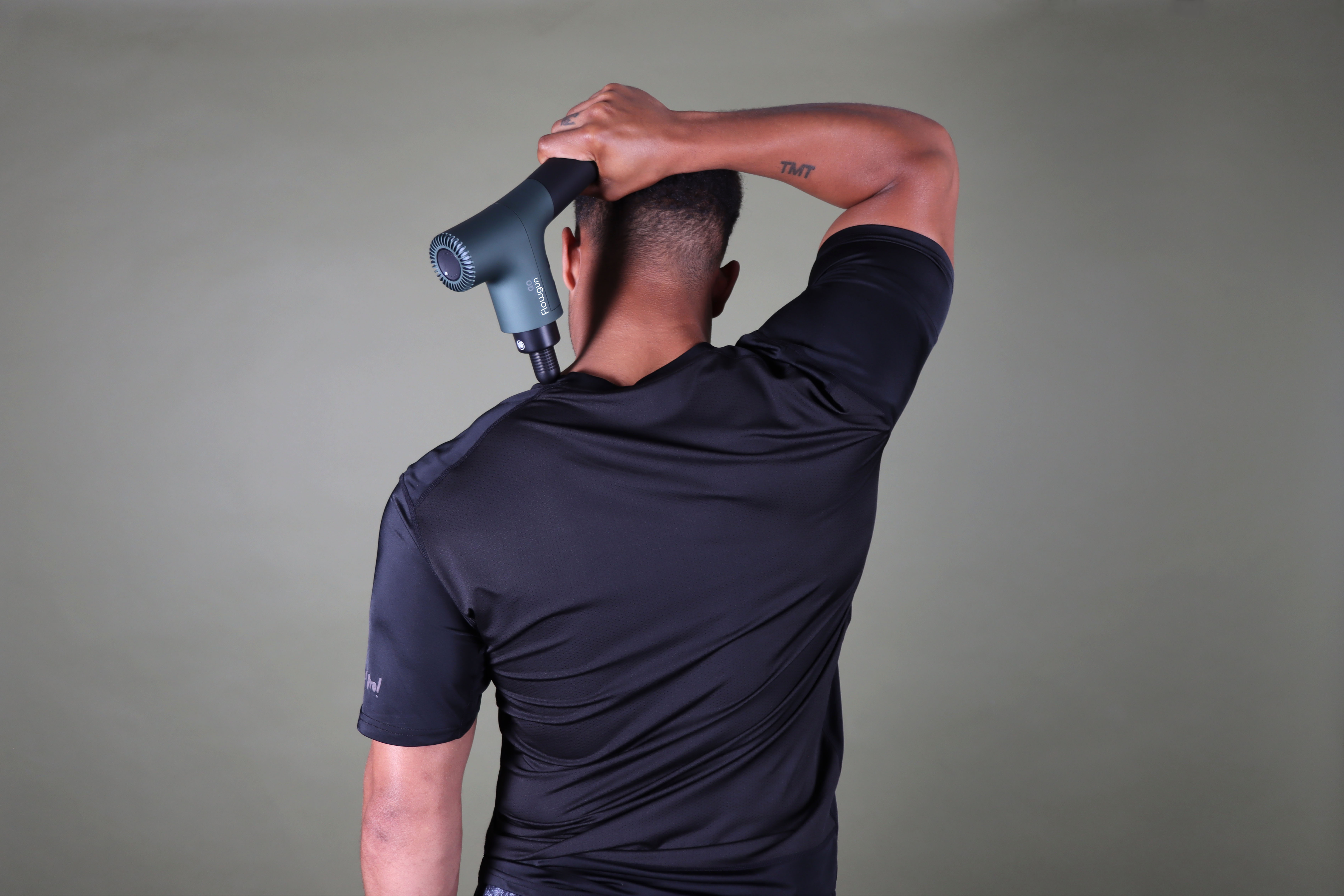Trigger points are something that basically everyone will be affected by at some point in life. Trigger points aren’t dangerous but of course you’re not meant to be living in pain. In this post Flowlife has compiled everything you need to know about trigger points. What are trigger points? How do you treat trigger points? Can anything be done to avoid trigger points?
What is trigger points?
Trigger points are discrete, focal spots located in a taut band of skeletal muscles. They produce pain locally and in a referred pattern and often accompany chronic musculoskeletal disorders.
The pain caused by a trigger point can be local, i.e. hurt exactly where the trigger point is located, or reffered which means the pain is felt in an area other than where it's caused.
Trigger points can also be active or latent. Active trigger points produce pain constantly or during movement, latent trigger points are only painful when they’re compressed.
Active trigger points
Active trigger points refer to pain to another part of the body than where the trigger point is located. Usually the pain increases when activating the muscle, for example when working out, being stressed or exposed to colder temperatures.
Latent trigger points
Latent trigger points are more common than active trigger points, even though they’re not always discovered. Latent trigger points are only painful when touched and can go undiscovered and untreated for months or even years.
Why do you get trigger points?
Trigger points are very common. Some people suffer more from it than others, depending on whether the trigger point is active or latent. The most common cause is static work, which means that the muscle works without any actual movement, as well as overexertion of a muscle for a long time.
What happens when you get a trigger point?
It’s not dangerous to have trigger points but it can be painful. If you don’t treat your trigger points (it’s not unusual to have more than one trigger point at the same time) it can cause:
- Pain
- Impaired muscle function (such as muscle shortening, muscle weakness, impaired coordination or impaired endurance)
- Impact on autonomic functions (impaired balance, dizziness and sleeping difficulties)

How do you treat trigger points?
The most effective treatment method when having a trigger point is massage. This is because massage increases blood circulation, which makes the trigger point dissolve. The massage treatment can be done in different ways, for example you can use a Flowgun PRO 2.0, Flowgun GO 2.0, Flowgun Pocket or a Trigger Ball.
Flowgun - More than a massage gun
Any of our Flowguns can be used to treat trigger points. Thanks to the interchangeable massage heads, you can choose which one that suits you and your needs. For trigger point treatment Flowlife recommends the massage head called Bullet. Bullet is developed for local treatment in larger muscles. Start by locating the area that's affected and then press the massage head against the sore point. Initially, the pain can be experienced very intensely but after 30 seconds to 3 minutes the pain and tension will be released.
Common muscles to get trigger points in:
- Upper trapezius (a part of the shoulder and neck muscles)
- Sternocleidomastoid (a small muscle in the upper back part of the neck)
- Levator scapulae (a part of the upper back muscles)
- Quadratus lumborum (square lumbar muscle)

